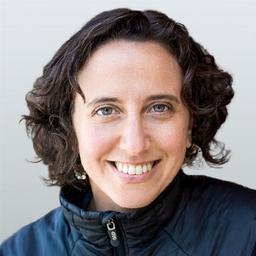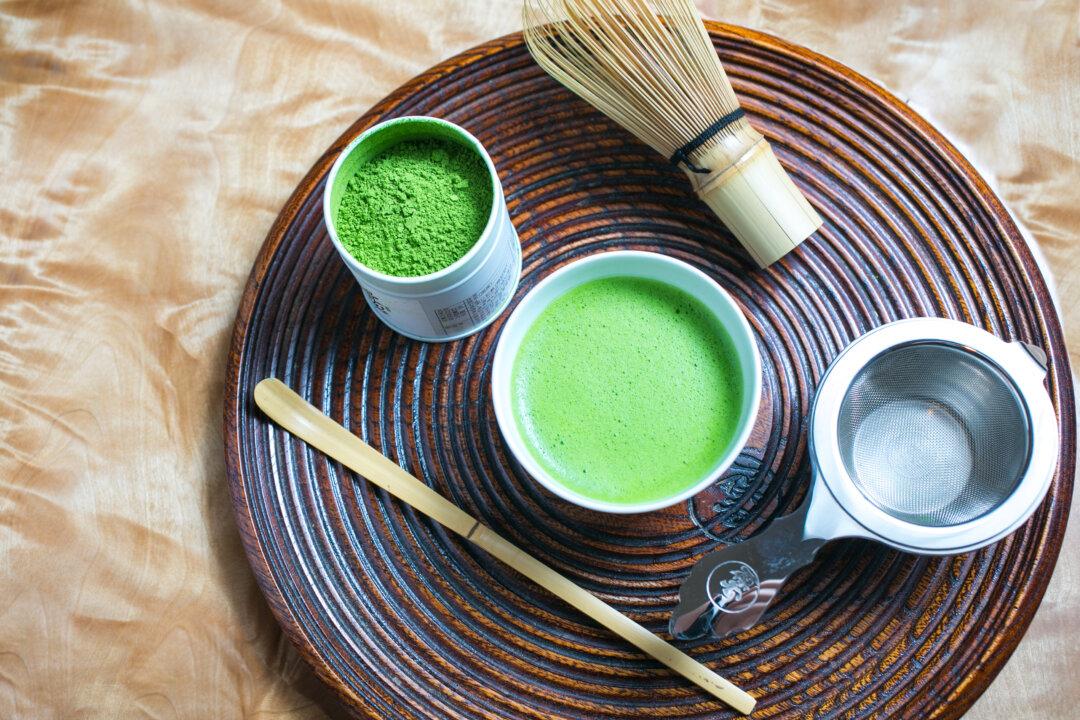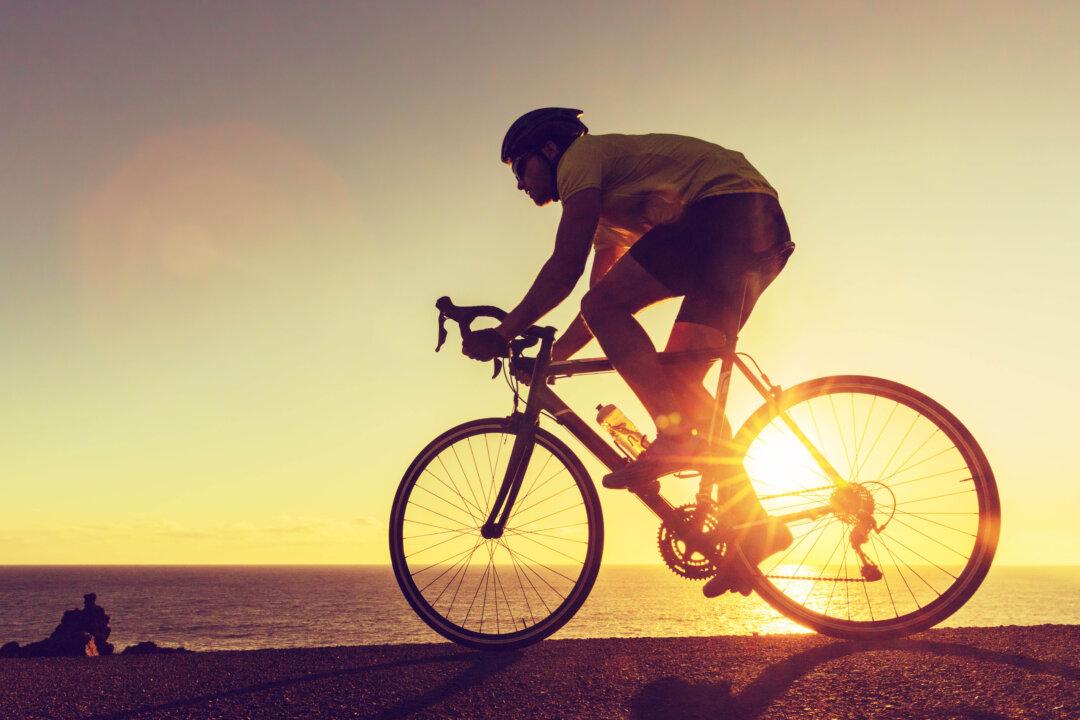Global interest in health has never been more pronounced than it is today. In much of America, and throughout the industrialized world, people are living in fear of getting sick—not just with COVID-19, but also with cancer, heart disease, Alzheimer’s, and more.
At the same time, the majority of us suffer from significant health problems. According to data from the Centers for Disease Control and Prevention, 6 out of 10 adults in the United States have a chronic disease and 4 out of 10 have two or more. Indeed, like the title of the 2011 documentary directed by Joe Cross, many Americans are “Fat, Sick, & Nearly Dead.” What’s more, there is a lot of confusion about what it really means to be healthy.






